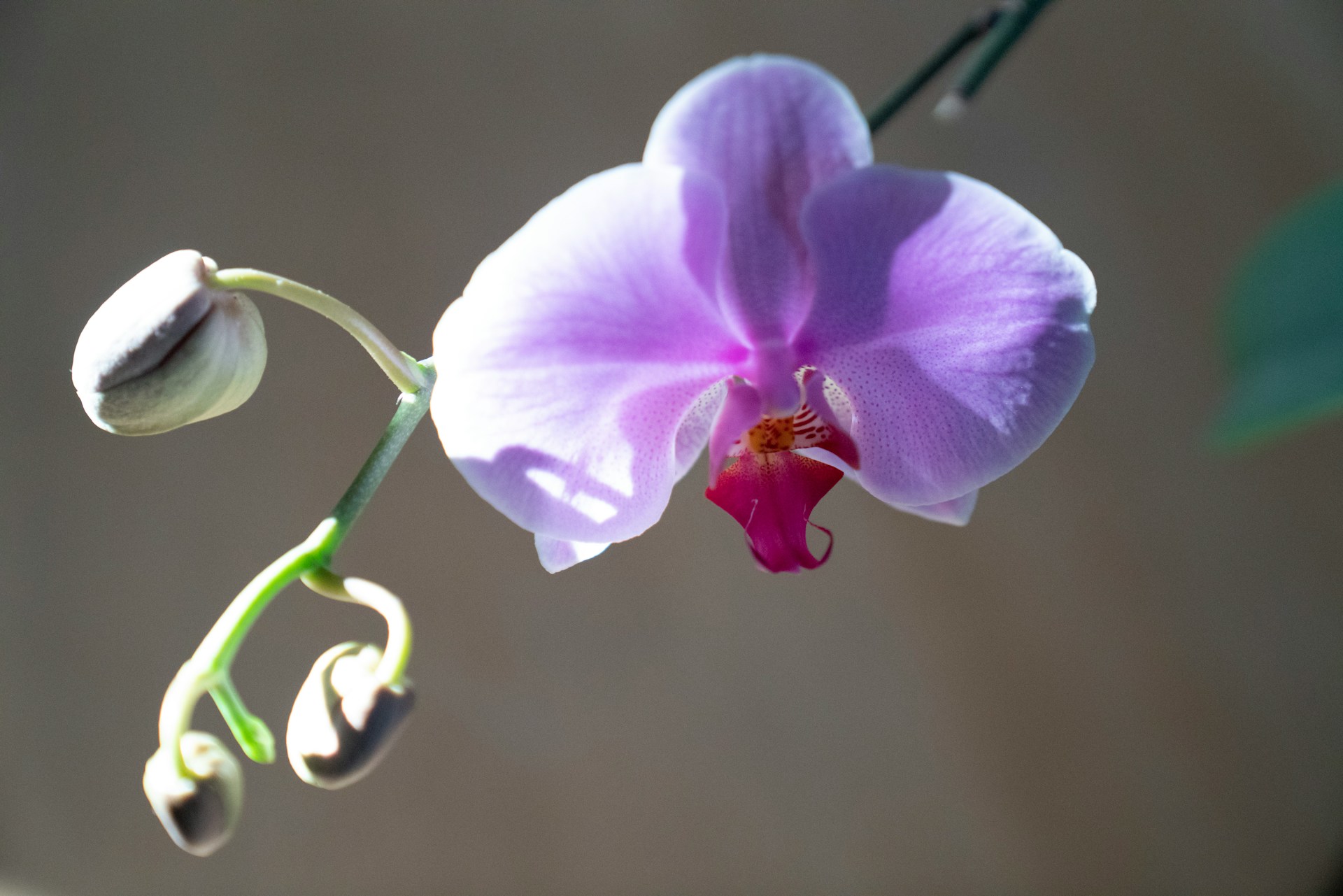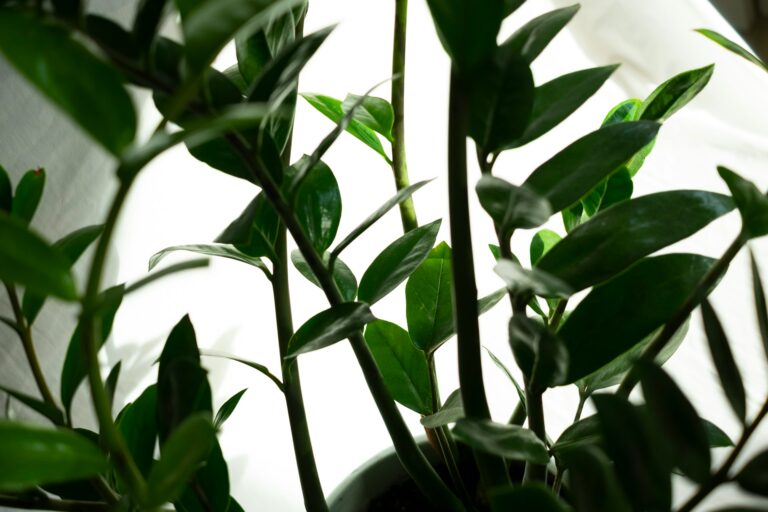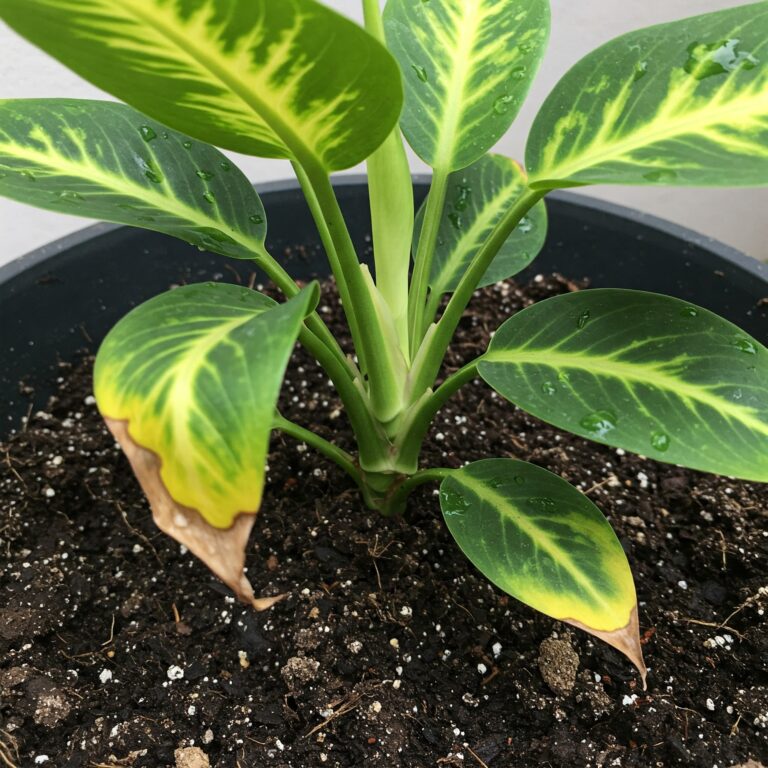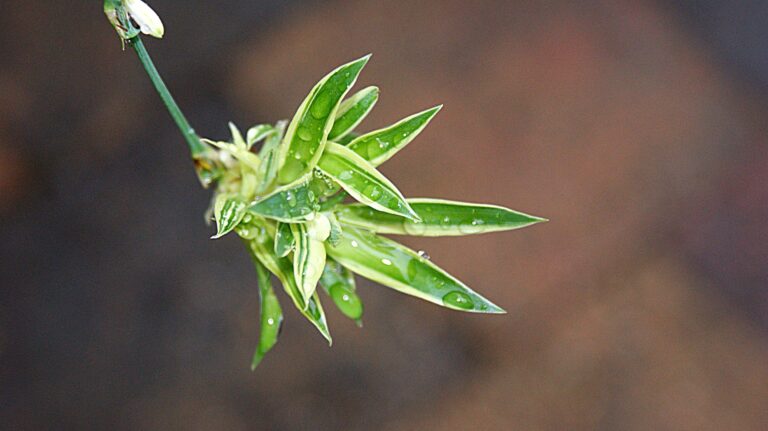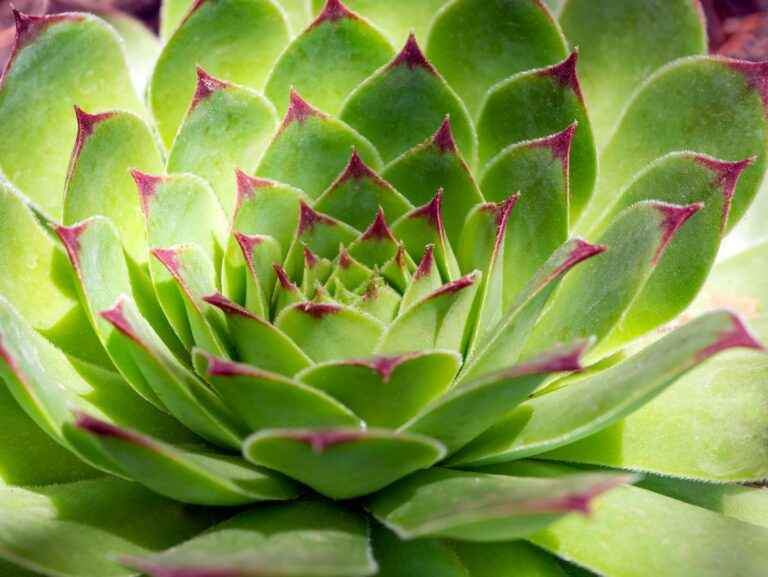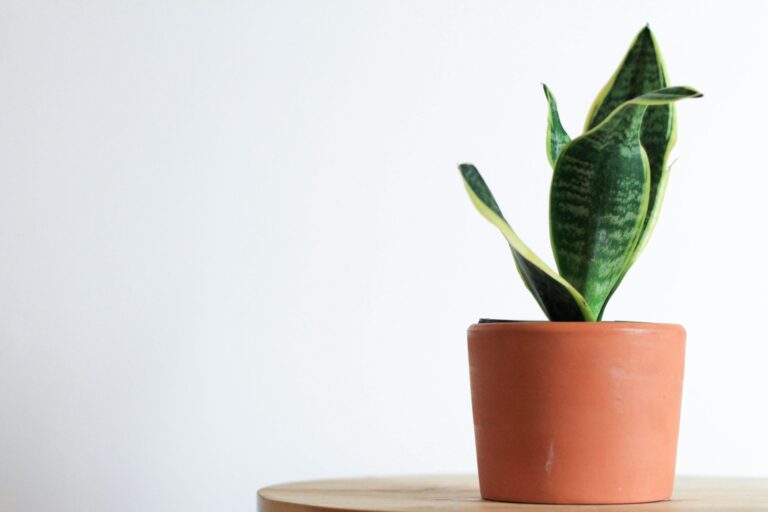
Growing orchids in wood baskets is a great way to add a touch of elegance and natural beauty to your home. Not only do they look stunning, but orchids are also relatively easy to care for, making them a popular choice for indoor gardening enthusiasts. If you’re new to growing orchids or are looking for a new way to display your plants, consider trying out wood baskets.
One of the main benefits of growing orchids in wood baskets is their excellent drainage. Unlike traditional pots, which can trap water and lead to root rot, wood baskets allow excess water to drain away easily. This helps keep your orchids healthy and thriving, as they prefer well-draining soil and don’t like waterlogging. Also, since wood baskets are porous, they can allow air to circulate around the roots and prevent fungal growth.
Understanding Orchids
Orchids are one of the most popular plants grown indoors. They are known for their beautiful flowers, exotic appearance, and long-lasting blooms. However, growing orchids in wood baskets can be a bit tricky, especially if you are new to orchid cultivation.
Here’s what you need to know about orchids to help you grow them successfully.
Orchid Basics
Orchids are epiphytes, which means they grow on other plants, such as trees, instead of in soil. They have a unique root system that absorbs moisture and nutrients from the air. Orchids require a lot of light but not direct sunlight and prefer warm temperatures with high humidity. They also need good air circulation.
Orchid Care
To grow orchids in wood baskets, you must provide them with the right growing conditions. Here are some basic care tips to keep in mind:
- Water: Orchids require regular watering, but you should avoid overwatering. Water your orchids once a week or when the potting mix feels dry when you touch it. Use room temperature water and avoid getting water on the leaves or flowers.
- Fertilizer: Orchids require regular feeding with a balanced fertilizer. Use a fertilizer specifically designed for orchids and follow the instructions on the label.
- Light: Orchids require bright, indirect light. Place your orchids near a window that receives bright, filtered light, or use artificial grow lights.
- Humidity: Orchids require high humidity to thrive. You can increase humidity by placing a tray of water near your orchids or using a humidifier.
Common Orchid Problems

Orchids are susceptible to various problems, including pests, diseases, and environmental stress. Here are some common issues to watch out for:
- Pests: Orchids can be attacked by pests such as spider mites, mealybugs, and scale insects. Use insecticidal soap or neem oil to control pests.
- Diseases: Orchids can be affected by fungal and bacterial diseases, such as root rot and leaf spot. Use a fungicide or bactericide to control diseases.
- Environmental stress: Orchids can be stressed by temperature, light, and humidity changes. Keep your orchids in a stable environment to avoid stress.
How To Identify Root Rot In Succulents
Choosing the Right Wood Baskets
When it comes to growing orchids in wood baskets, choosing the right basket is crucial. The basket you choose will impact the health and growth of your orchids. Here are some factors to consider when selecting the right wood basket for your orchids:
Material
Wood, plastic, and clay are the most common materials used for orchid baskets. Wood is popular because it provides good drainage and allows air to circulate around the roots. When choosing a wood basket, make sure it is made of rot-resistant wood, such as cedar or redwood. Avoid using treated wood as it may contain harmful chemicals.
Size
The size of the basket you choose will depend on the size of your orchid. A general rule of thumb is to choose a basket about one-third the size of the plant. This will allow the orchid enough room to grow and prevent the roots from becoming too crowded.
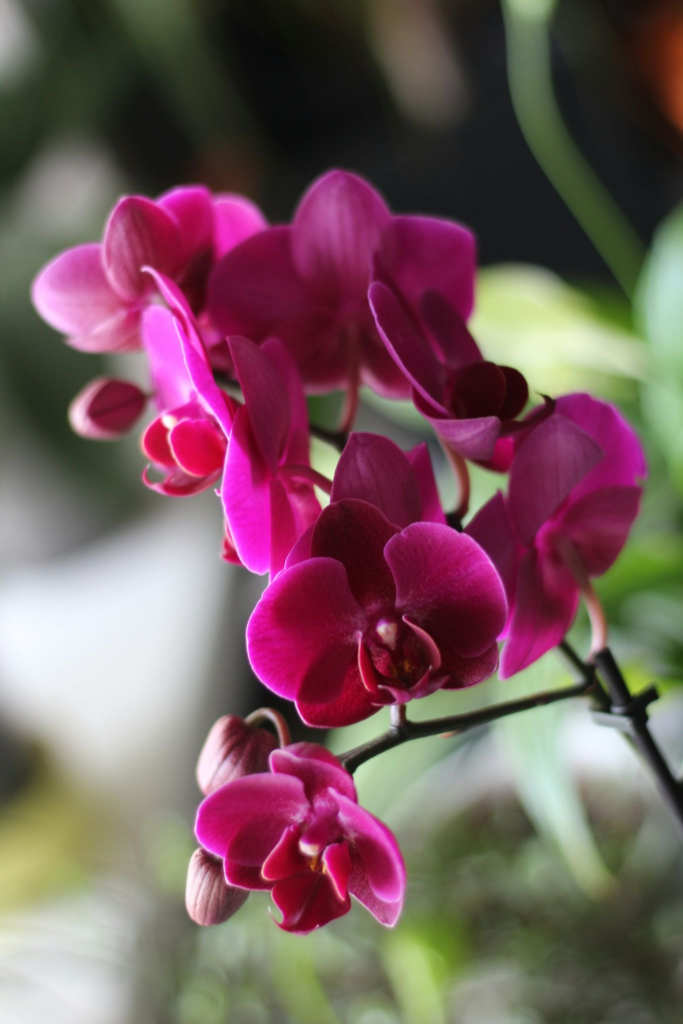
Shape
Orchid baskets come in various shapes, including round, square, and rectangular. Your shape will depend on the type of orchid you are growing and the available space. For example, if you are growing a tall orchid, a rectangular basket may be a better choice as it will provide more stability.
Hanger
If you plan on hanging your orchid basket, make sure it comes with a sturdy hanger. The hanger should be able to support the weight of the basket and the plant.
Preparing the Wood Basket
When it comes to planting orchids in wooden baskets, the preparation of the basket is a crucial step that should not be overlooked. Here are some essential steps you need to take to prepare your wood basket for orchid growth:
- Choose the Right Basket: Select a basket that is the right size for your orchid. The basket should be large enough to accommodate the roots of the orchid and provide enough space for growth. Also, make sure the basket has sufficient drainage holes to allow water to flow freely.
- Soak the Basket: Before planting your orchid, soak the wooden basket in water for at least an hour. This will help to prevent the basket from drying out too quickly and ensure that the roots of the orchid have access to plenty of moisture.
- Line the Basket: To prevent the potting mix from falling out of the basket, line the basket with sphagnum moss or coconut coir. This will also help to retain moisture and create a suitable environment for the orchid to grow.
- Add Potting Mix: Once the basket is lined, add a layer of potting mix to the bottom of the basket. Use a specifically formulated mix for orchids, as this will provide the necessary nutrients and drainage.
- Plant Your Orchid: Carefully place your orchid into the basket, ensuring the roots are spread out evenly. Add more potting mix around the roots until the basket is full.
- Water Your Orchid: After planting, water your orchid thoroughly. Ensure the water drains from the basket and does not sit at the bottom. You can also mist the orchid with water to provide extra moisture.
Planting Orchids in Wood Baskets
Choosing the Right Orchid
When selecting an orchid to plant in a wood basket, choose a species well-suited for this growing environment. Look for orchids that naturally tend to grow in trees or on other types of support structures.
Some good options include:
- Phalaenopsis
- Vanda
- Dendrobium
- Cattleya
Potting Mix
The potting mix you use for your orchids will be critical to their success. When planting orchids in wood baskets, choose a well-draining mix that provides good aeration for the roots. A mix that includes bark, sphagnum moss, and perlite is a good choice.
Planting Process
To plant your orchid in a wood basket, follow these steps:
- Soak the basket in water for at least an hour to help prevent it from drying out too quickly.
- Add a layer of potting mix to the bottom of the basket.
- Carefully remove the orchid from its current pot and gently loosen the roots.
- Place the orchid in the basket, ensuring the roots are evenly spread out.
- Add more potting mix around the roots, ensuring gaps are filled.
- Water the orchid thoroughly, ensuring the potting mix is moist but not waterlogged.
Caring for Orchids in Wood Baskets
Watering Routine
When watering orchids in wood baskets, you should balance keeping the plant hydrated and avoiding overwatering. As a general rule, you should water your orchid when the top layer of the potting mix feels dry to the touch. This could mean watering your orchid once a week or every two weeks, depending on factors such as the humidity in your home and the type of orchid you’re growing.
To water your orchid, fill a container with room temperature water and place the wood basket in the container. Let the orchid soak for about 10-15 minutes, then remove the basket and let it drain before placing it back in its usual location.
Fertilizing
Orchids in wood baskets benefit from regular fertilization, as the potting mix’s nutrients can deplete over time. You should fertilize your orchid once a month during the growing season (usually spring and summer) with a balanced fertilizer that contains equal amounts of nitrogen, phosphorus, and potassium.
To apply fertilizer, mix it according to the instructions on the package and water your orchid as usual. Alternatively, you can use a spray fertilizer and mist your orchid once a week.
Pruning
Pruning is an important part of caring for orchids in wood baskets, as it helps to promote new growth and keep the plant looking tidy. You should prune your orchid after it has bloomed, cutting back any dead or yellowing leaves and trimming the stem to encourage new growth.
You can also prune the roots if your orchid has grown too large for its wood basket. Remove the orchid from the basket and trim away any dead or damaged roots with a clean pair of scissors or pruning shears.
Repotting
Orchids in wood baskets should be repotted every 1-2 years, as the potting mix can become compacted, and the wood basket can become overcrowded. To repot your orchid, remove it from the basket and gently shake off any old potting mix. Trim away any dead or damaged roots, then place the orchid in a new wood basket with fresh potting mix.
When repotting, be sure to choose a basket that is slightly larger than the old one, as this will allow the orchid to grow and thrive. Water your orchid as usual after repotting, and avoid fertilizing for the first month to give the plant time to adjust.

What are the best types of hanging orchids for wood baskets?
Several types of orchids are well-suited for growing in wood baskets. Here are some of the best types of hanging orchids for wood baskets:
- Phalaenopsis Orchids: These are some of the most popular orchids and are known for their large, showy flowers. They are relatively easy to care for and can be grown in wood baskets.
- Dendrobium Orchids: These orchids have long, thin stems with clusters of small flowers. They prefer bright, indirect light and can be grown in wood baskets with a well-draining potting mix.
- Vanda Orchids: These have long, thin roots that can be grown in wood baskets with a well-draining potting mix. They prefer bright, indirect light and high humidity.
- Oncidium Orchids: These have small, delicate flowers that grow in clusters. They prefer bright, indirect light and can be grown in wood baskets with a well-draining potting mix.
- Cattleya Orchids: These orchids have large, colorful flowers and require bright, indirect light. They can be grown in wood baskets with a well-draining potting mix.
Conclusion
Growing orchids in wood baskets offers a unique and elegant way to showcase these beautiful plants while providing them with the ideal growing conditions. The natural drainage and aeration that wood baskets provide are beneficial for orchid health, helping to prevent issues like root rot and fungal growth. By understanding the basics of orchid care and choosing the right type of orchid and basket, you can create a stunning display that enhances your home’s aesthetic.
Whether you are a seasoned orchid grower or a beginner looking to explore new methods, planting orchids in wooden baskets can be a rewarding endeavor. With proper care, attention, and the right environment, your orchids will thrive and bring long-lasting beauty and elegance to your indoor garden. Enjoy the process and the stunning results as you successfully grow orchids in wood baskets and create a lush, vibrant display in your home.
